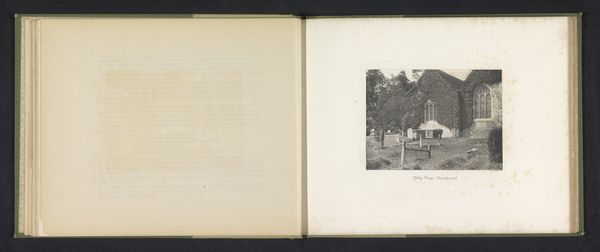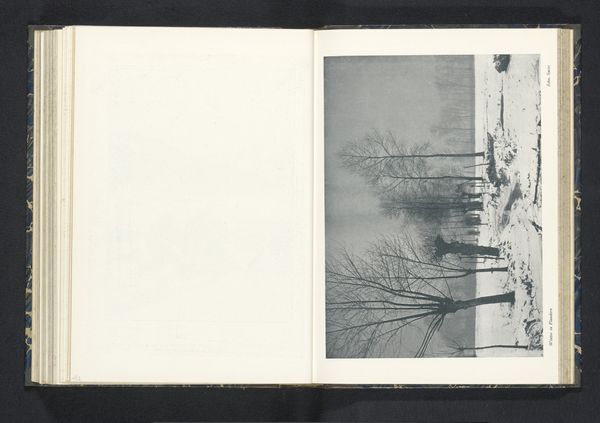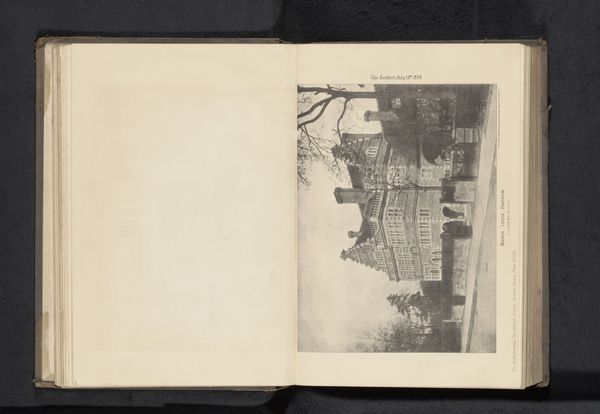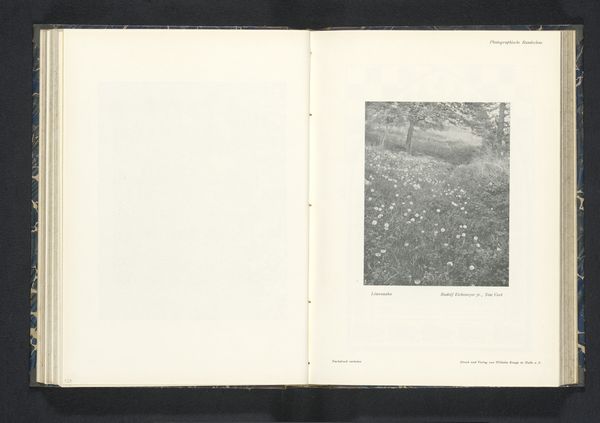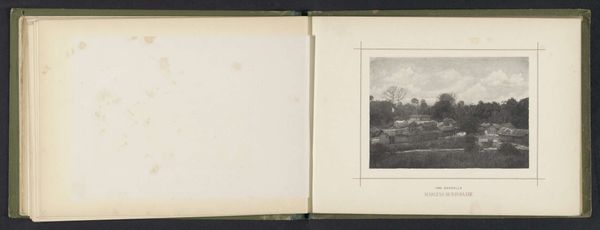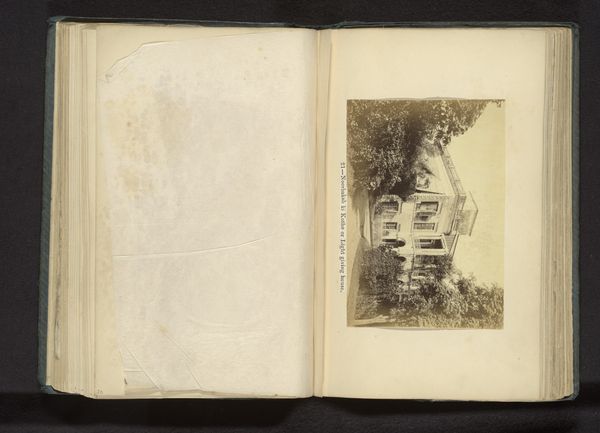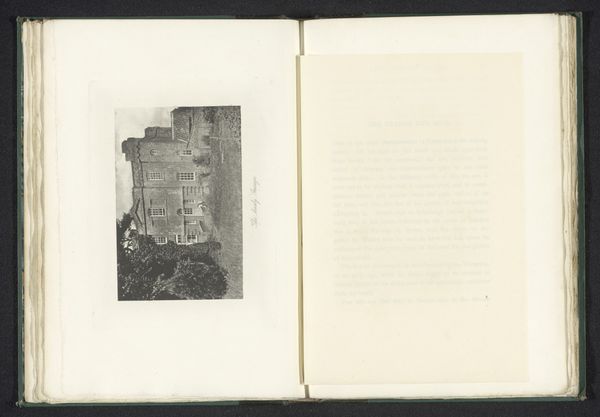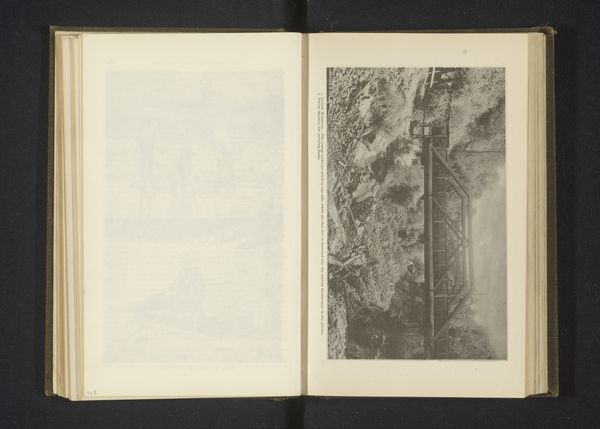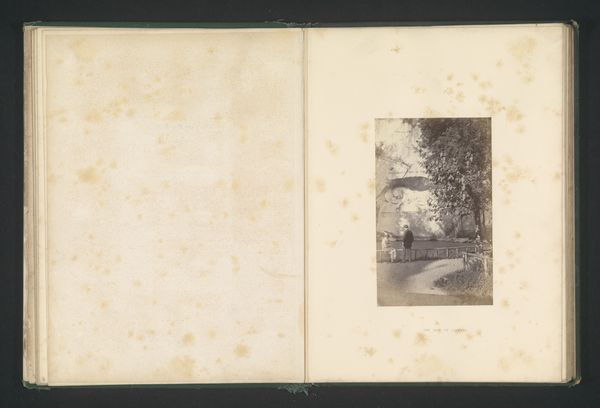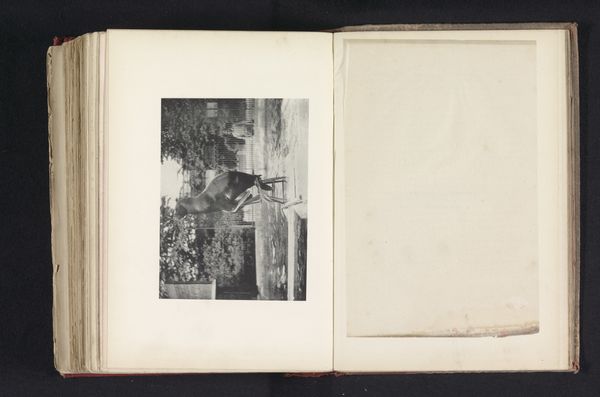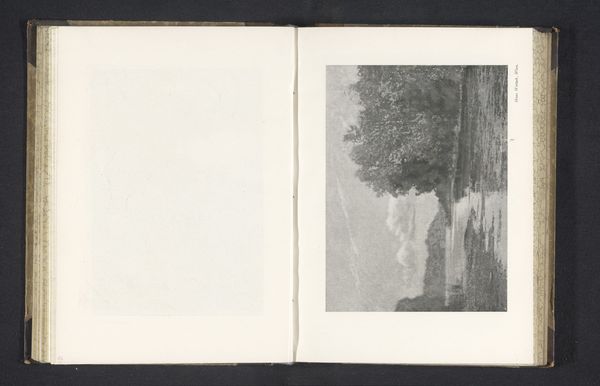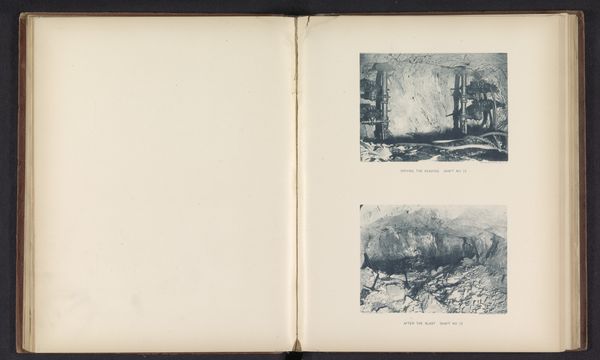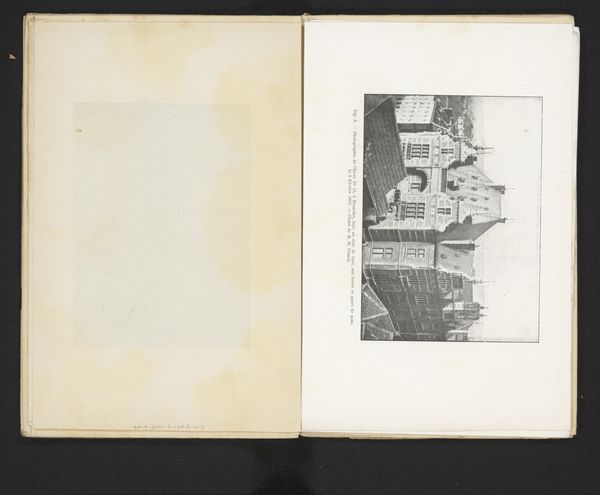
print, photography, albumen-print
# print
#
landscape
#
photography
#
cityscape
#
albumen-print
#
realism
Dimensions: height 199 mm, width 150 mm
Copyright: Rijks Museum: Open Domain
Editor: So, this is a photograph by Franz Goerke, titled "View of a Villa on a Hill, near the City of Rapallo," made before 1903. It’s an albumen print from an album. It feels…quiet, almost secretive, with that gated entrance leading up to the villa. What strikes you about it? Curator: What immediately jumps out is the materiality of the albumen print itself. The process involved coating paper with egg white before adding light-sensitive chemicals. Look at how that process renders texture – the grainy details of the foliage, the way light interacts with the surface of the gate. It’s not just about capturing a scene, but about the very *making* of the image through specific material and labour practices. Think of the labor involved in preparing the albumen, the darkroom techniques…it speaks volumes. Editor: That’s interesting. I was focused on the scene itself, that sense of exclusive wealth, but I hadn’t considered the labor embedded in the print-making itself. How would that tie into a social context? Curator: Well, photography at this time was becoming increasingly accessible, but albumen prints retained a certain status. It was more labor-intensive and costly compared to other photographic processes of the period. Think about the consumption of these images by a particular social class. They’re not simply admiring the view, they’re consuming a crafted object that subtly reinforces their own position of privilege. The very process elevates this view of a villa from the merely scenic to a crafted product of exclusivity. Does seeing it that way shift your perspective? Editor: Definitely. I see how the photograph itself is participating in, rather than just reflecting, the social hierarchies of the time. It becomes a commodity representing access and class. I never considered it in terms of production. Curator: Exactly! Considering the material process makes us question what that photograph actually *does*. It moves us beyond aesthetics to questions of labor, material value, and social positioning. Editor: It’s fascinating to think about a photograph as not just capturing a scene, but as a crafted object, a piece of material culture, participating in a larger economic and social system. Curator: Precisely. The next time you see a photograph, remember to look beyond the image, into the layers of production, consumption, and the stories that materials can tell.
Comments
No comments
Be the first to comment and join the conversation on the ultimate creative platform.

